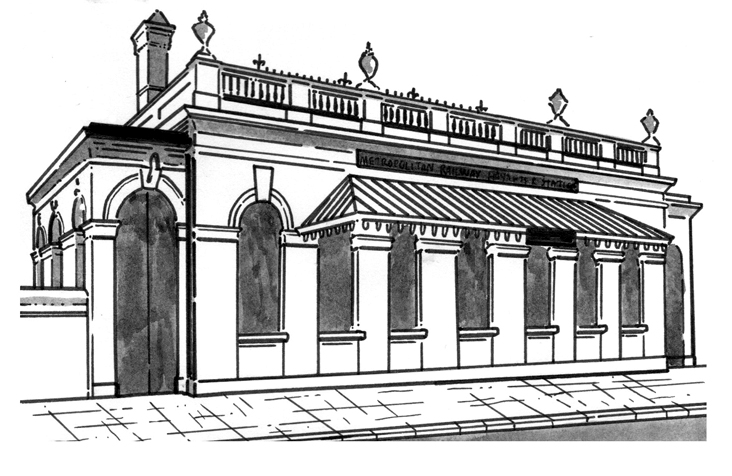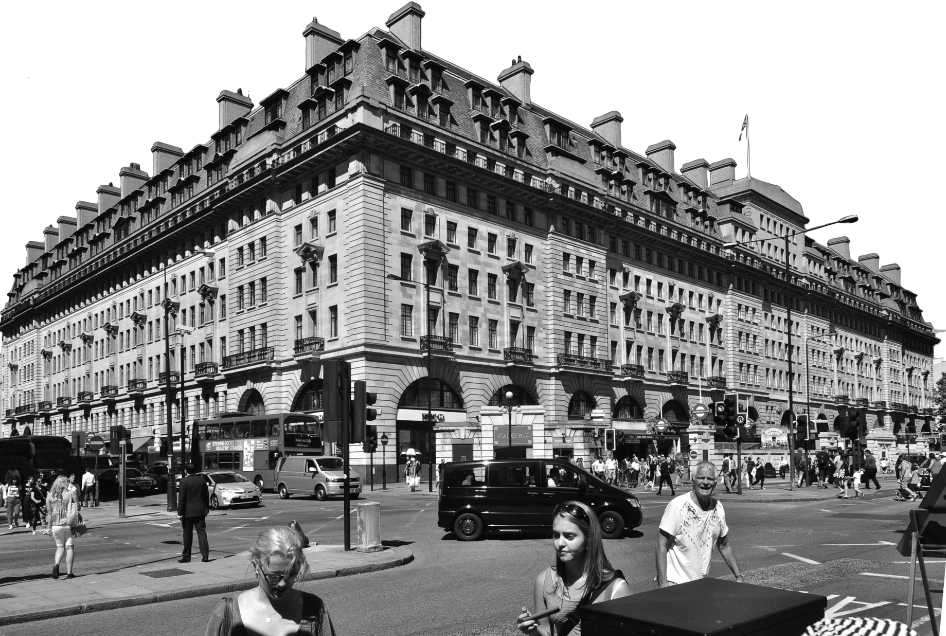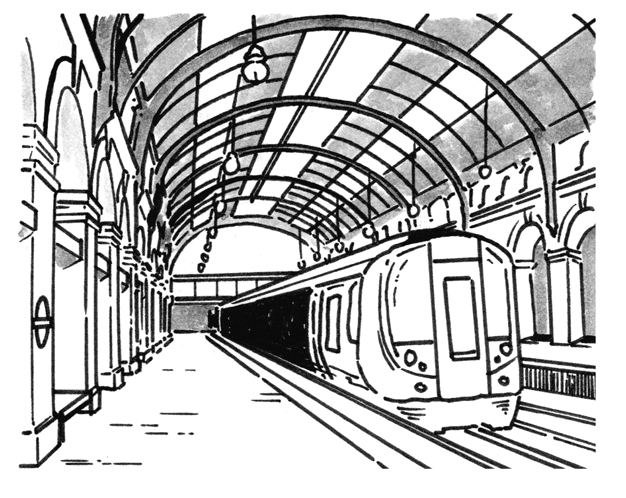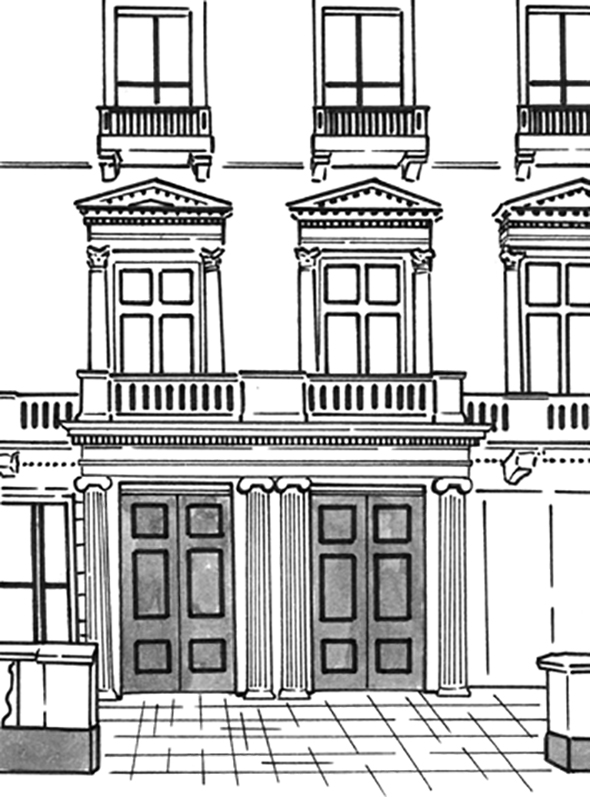The Metropolitan Railway, the world’s first underground train service, began operations in London in 1863, connecting Paddington in the west with Farringdon in the east. The route was driven using the cut and cover method, where earth is excavated, brick walls and a roof where needed are constructed and the spoil is then replaced. Trains were hauled by specially designed steam locomotives. The line – still in use today – was soon extended and later helped create ‘Metro-Land’, the Railway’s development of the northwest suburbs between the wars.
LOCAL ADVERTISING
3. Old for new

The stations’ architecture was modest though still classical, curious perhaps given the technological advances they announced. On the initial section rendered brick simulated stone, both rusticated and ashlar (smooth-cut); on the extension, bare brick was deemed sufficient. Bayswater remains, behind clutter.
Words and images extracted from How to Read London: A Crash Course in London Architecture, Chris Rogers. Published by Ivy Press, RRP £9.99.






